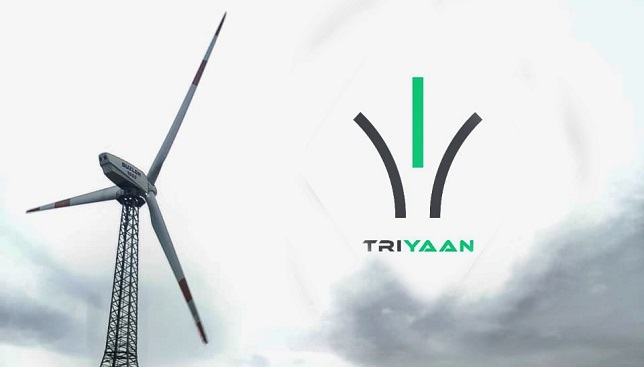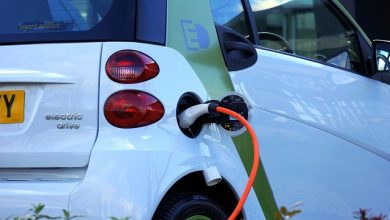Real competition is Diesel counterparts

Today, when consumers look at the Commercial EVs available in the market, they see them not as a replacement for their diesel vehicles, but as an add-on for trips less than 20km. This seems fair for someone, who uses vehicles for commercial transport where range of 50- 70km under 400kg of payload is required.
On the other hand, their diesel three wheelers maybe required to carry 1000 kg and run for 100-120 kms daily. If you are a food and beverages vendor (who form 40% of all 3 wheeler cargo vehicles users) you need to reach your location 50km away within a time limit, come back to your godown and go on another trip for 40-50 km right away. And continue this at least 3 times during a single day.
EV fleet operators have come up with a solution to use more vehicles. For example, if one does a 50km round trip and put the vehicle for charging, and use another vehicle to continue the trips.
After seeing these challenges, those who can only afford one vehicle is taking a step back in using electric three-wheelers.
If this wasn’t enough the breakdown and service issues faced with startup OEMs and even with automotive giants have led to a very unpleasant user review by the drivers and fleet operators.
It started when the Delhi market started deploying and using Chinese assembly EVs which were cheap and quick buck were made by importers and resellers who heavily promoted the model where they supply the vehicles knocked down and also get it homologated from iCAT and get the centre and state subsidies. It was a lucrative business model for some fabricators or vehicle body builder who were in some way related to metal or vehicle building. Sales of vehicles costing less than two lakh with lead-acid batteries flourished due to low cost of purchase and operation. But after sometime came the maintenance monster. After two years nothing was repairable, everything that went wrong had to be replaced only.
Importers and resellers gradually faded out and only 5 to 7 electric three wheeler manufacturers were left. In a market where 1.5 lakh units are sold, only 2000 are electric. The market is quickly evolving and adapting to the needs of the consumers, and experimenting with various solutions.
Startup OEMs like Triyaan, Grevol, Euler and Altigreen are moving towards higher payload (750 -800kg) and high ranges, over 100 km per full charge. Omega Seiki with Log 9 Batteries and Altigreen with Exponent energy are the latest innovations in Battery as a Service technology along with DC fast charging, giving a range of 70km in 25 minutes of charging time. Startups in the L5 cargo electric space are receiving great support from child part manufacturers, government and fleet operators to expedite the trials of new technology and establish sustainable manufacturing rapidly.
Battery is the Heart and motor controller is the Brain of the Vehicle
For batteries and motor controllers, OEMs are still completely dependent on China. However, Chinese products procured with scrutiny and R&D are not always of the best quality. We cannot say with confidence that in the near future when the demand rises exponentially, procurement will also not be a big issue.
To compete with diesel vehicles, electric vehicle has to be reliable, with less breakdown under Indian circumstances. We need to develop this two heart and brain in India and for India. If powertrain suppliers like Virya and Compage join forces with startup OEMs, these can be developed locally and tried and tested to perfection.
One positive aspect of this Industry is that every startup OEM is accepting its own shortcomings and supporting others when required as the market is very nascent. We have to build a robust supply chain with good quality, steady and sufficient production capacity.
The second biggest problem with shifting to EVs is the lack of charging infrastructure, for example, Triyaan is the first vehicle to be doing Intercity runs (Mumbai-Nashik-Pune). Now, I need a fast charger at 150 km from any distance to peacefully reach my destination after charging for 30 minutes or a battery swap twice from city A to city B. For nearly 1000 EV cargos to travel daily on the same route, I need at least 500 charging stations between these 3 cities.
Consumers in this line of business cannot risk delaying their cargo in any circumstances. If there is no on-road assistance or support available 24×7 It does not really promote using EVs for distances exceeding 50kms.
EV fleet operators like SKS CleanTech and Magenta are providing the solution to this problem by offering Mobility as a Service. So consumers have a first-hand experience of how the vehicle performs, what challenges one may face as an Individual, and what are the solutions suiting their personal problem statement.
How can he optimize his route for the EV so as to not run out of battery and reach destinations with some backup remaining? We, as an OEM, train each and every driver for 3 days to get acquainted with the new vehicle and can get maximum efficiency out of it.
Also, to teach them if there are petty issues how can they diagnose and solve the problem in order to significantly reduce the downtime
Author

Vitan Jagada
Founder
Astro Motors
He is the founder of Astro-Triyaan, his team has been working to build a better product where the end-user of the IC engine vehicle wouldn’t have to compromise too much while shifting to a cleaner means of transport which is also at least 10 times more economical than its ICE counterpart. They have achieved some notable success even as a small startup in the Industry.
Published in Telematics Wire





